Farming Simulator 22’s biggest new feature is full integration of dynamic seasons. Existing as only a mod in past iterations of the sim, now it’s a part of the main experience. While you can disable seasons, the experience is arguably more fun playing within its more realistic confines. Here’s the thing: what’s a truly efficient way to play with seasons enabled?
Seeing that seasons come with a lot of limitations, it requires playing, strategizing and prioritizing. The exact game plan will be different from player to player and map to map, but here are some general suggestions to keep in mind. Note: this guide involves some mechanics that are only applicable with assists off.
Balancing out the time
An in-game month in Farming Simulator 22 can last for as little as one day, to as long as 28 days. Similar to real life, the seasons progress on a month-to-month basis. Whenever you make a change to the in-game days, it only takes effect when the season switches over. So be careful when you decide to make an adjustment.
The trick to this is finding a length of time that isn’t so long that it feels like time is dragging, or so short that it feels you can barely get stuff done. With seasons, crops have to be planted and harvested at specific times in the year. On top of that, they’re also sold at their highest price at specific times of the year. This further emphasizes the need to balance out the time of an in-game month.
For me, I’ve settled on just three days. None of my farms are incredibly large yet, so this gives me enough time to complete the necessary fieldwork without it feeling uncomfortably long. A similar length of time could be beneficial to you in the early stages of your farm. The main reason behind this is that once you’ve planted and harvested your crops, you’ll need something to do while waiting for the next available season to do more fieldwork. This is where the need for efficiency truly comes in.
Keeping busy between crop seasons
Crops are the easily the biggest money-makers that the sim has to offer. But with the planting and harvesting seasons now in effect, you can’t rake it all in as quickly as in the past. Thus, the times between planting and harvesting cycles call for other kinds of activities, such as:
- Field care — Whether you plant in your fields or not, weeds will sprout up. So, you need to be mindful of the state of your fields and continue to watch out for weeds. Remember, weeders can be used to get rid of baby weeds, but spraying herbicide becomes necessary in their more mature stages. You can also plow/cultivate empty fields that will be worked on next and spray lime if needed.
- Track crop price fluctuations — Don’t rush to sell your crop as soon as you harvest it. Check the crop calendar and see what’s the best month to sell your crop in. Then, depending on the length of your month, keep an eye on the price fluctuations at the different sell points. Going back to the three-day cycle, I noticed that October was the best month to sell my canola in. But, I still waited until the middle of the month (the second in-game day of October) to sell it due to the selling prices increasing compared to the beginning of the month.
- Plant a variety of crops — Having a variety of crops in Farming Simulator 22 is helpful in many ways. For one, selling too much of the same crop will drive down its selling price, thus decreasing profits. On top of that, crops have different harvesting and planting seasons. So, while it may be the off-season for one, you could be working to cultivate another one. As your farm grows and you buy more land, boosting your variety will be easier. But that’ll take some time, of course. Even with only a handful of fields, however, you can still use this strategy.
- Explore alternate revenue streams — This was already discussed in detail in our money-making tips guide for Farming Simulator 22. Just to briefly recap, it’s a good idea to invest in other work including the new greenhouses, beehives, and the tried-and-true industries of animal husbandry and forestry. The latter two require a lot of initial investment and are very hands-on. They’ll take time to not only build and learn, and you can’t set an AI Worker to handle most of the tasks. This will save you money, and give you something to do when your fieldwork is on pause. Greenhouses and beehives don’t need much attention at all. The greenhouses only need a resupply of water every now and again, and bees don’t require anything. Once you set these structures up on your land, you can just use your pickup truck or trailer to haul the auto-generated pallets of produce away. They’ll keep producing throughout the in-game year. Performing contract work for other farmers is also another way to earn some extra cash.
- Return sitting leased equipment — As mentioned in the money-saving guide, leased equipment costs will add up over time. Depending on the value of the equipment, the daily cost can be in the hundreds, and multiples of them will quickly syphon money from your account. You’ll see the effect of this more quickly with shortened months, because while you may only play a select number of in-game days, the month will still advance naturally. Going back to the aforementioned three-day system, day one will take place at the beginning of the month, day two in the middle, and day three at the end. So, fees like licensing will be charged as one lumpsum that encompasses the amount of true days that have passed. In short, returning your leased equipment when you know you won’t be using it for a while cuts down on costs, which will help you save money during the off-seasons. This ties right back into the last tip about finding alternate revenue streams. Since your profits will be less, your expenses should also be.
For more tips on Farming Simulator 22, keep an eye on our Guides and Features hub.
Farming Simulator 22 guide — Playing with seasons efficiently
Source: Showbiz Celeb Central

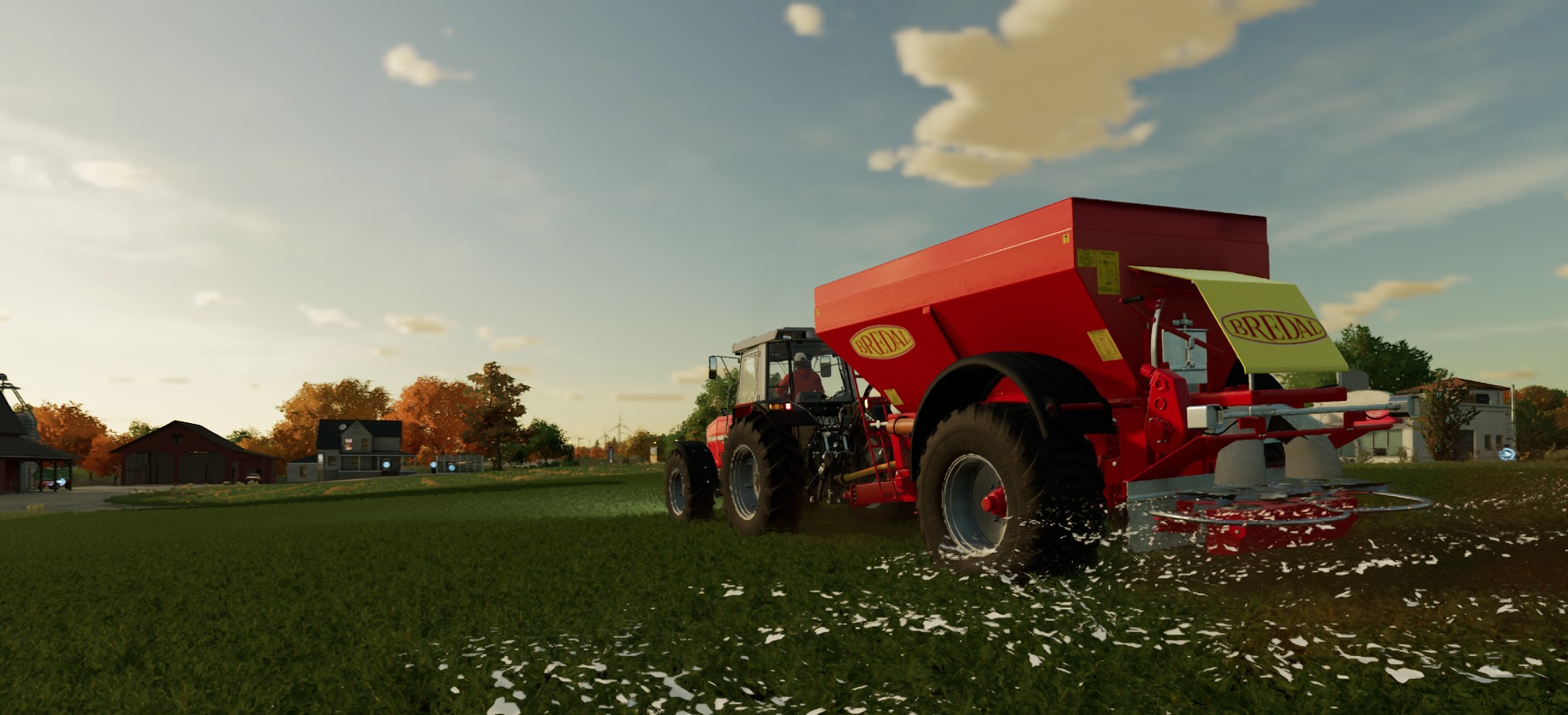
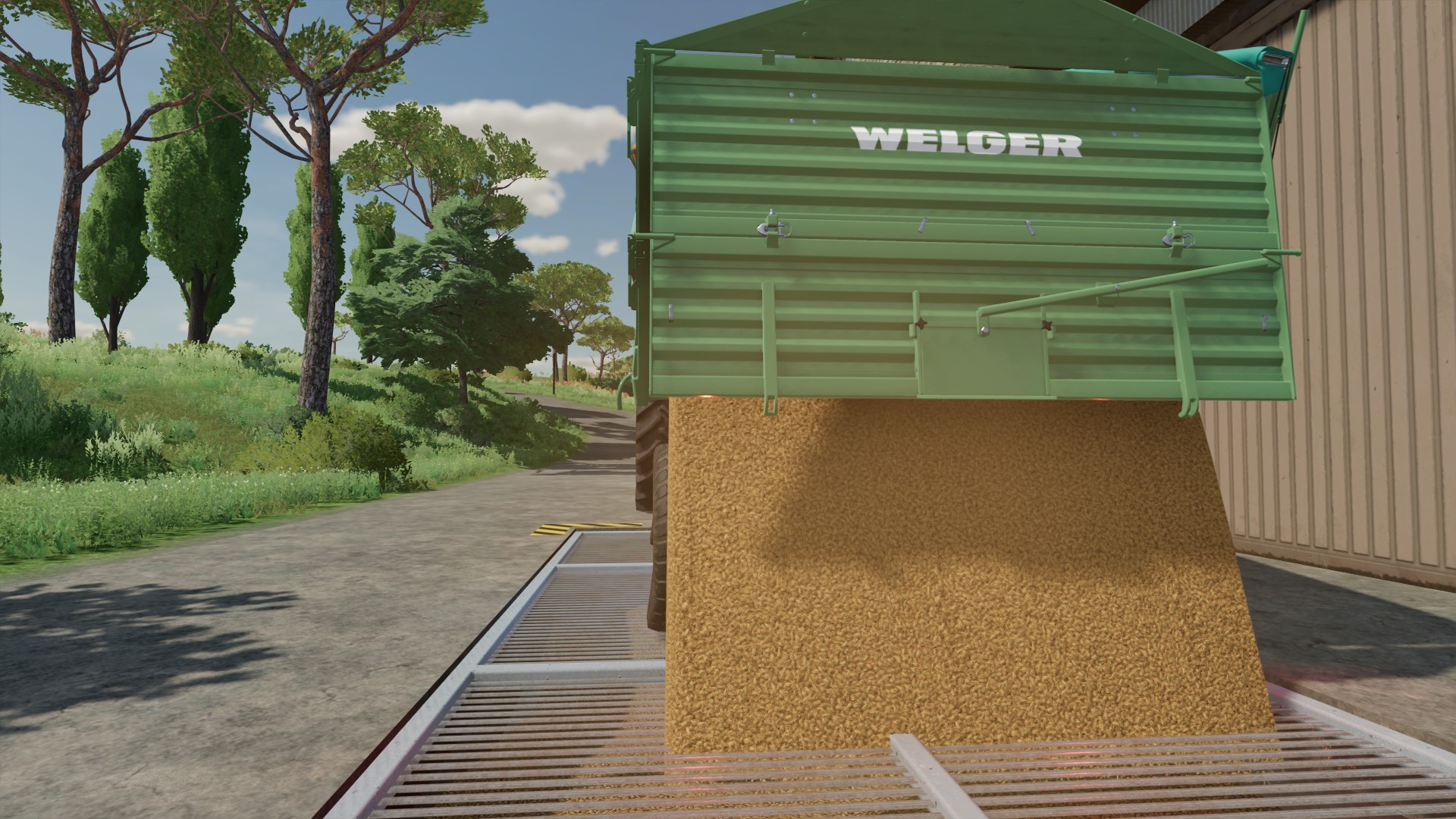
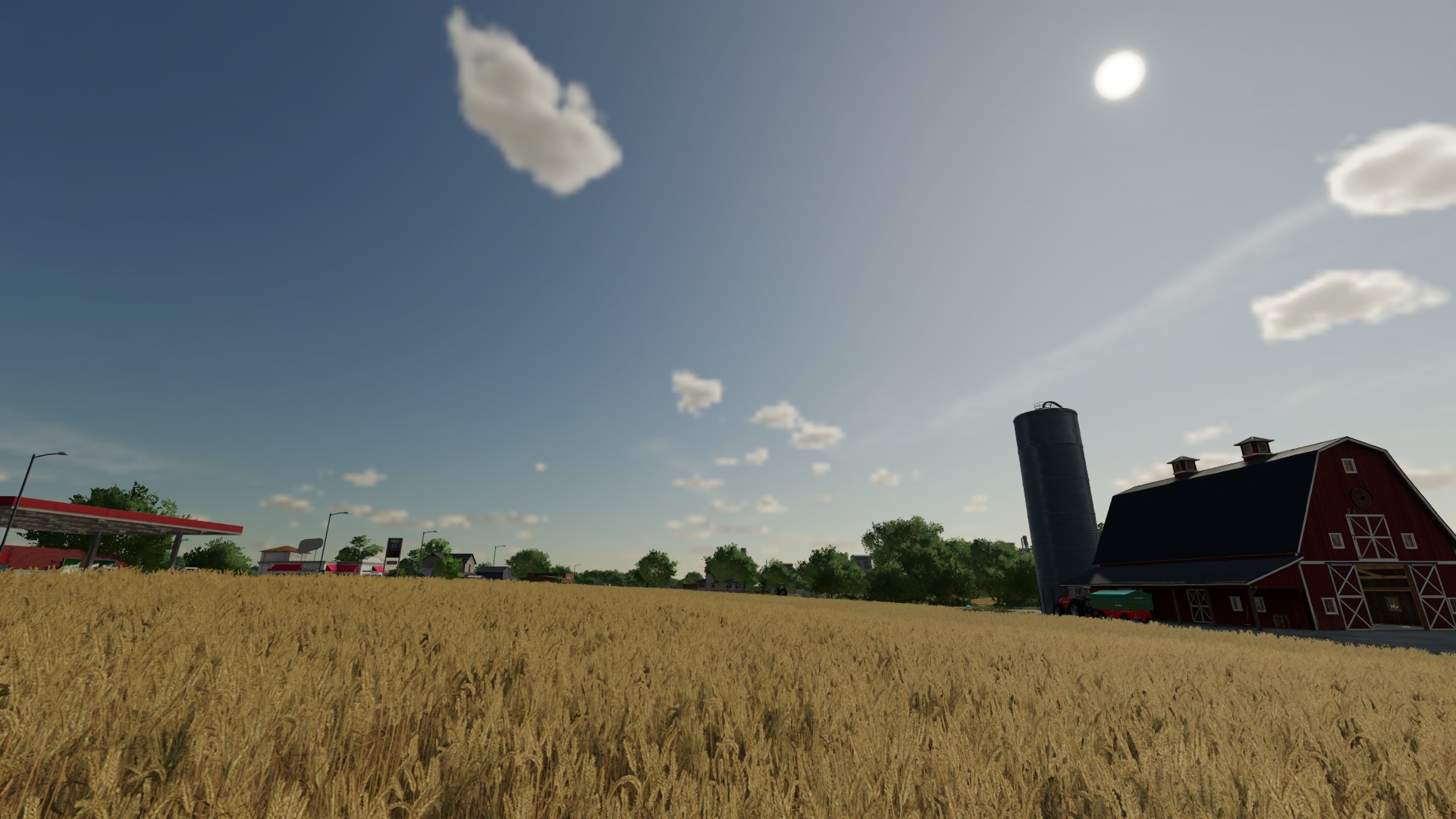
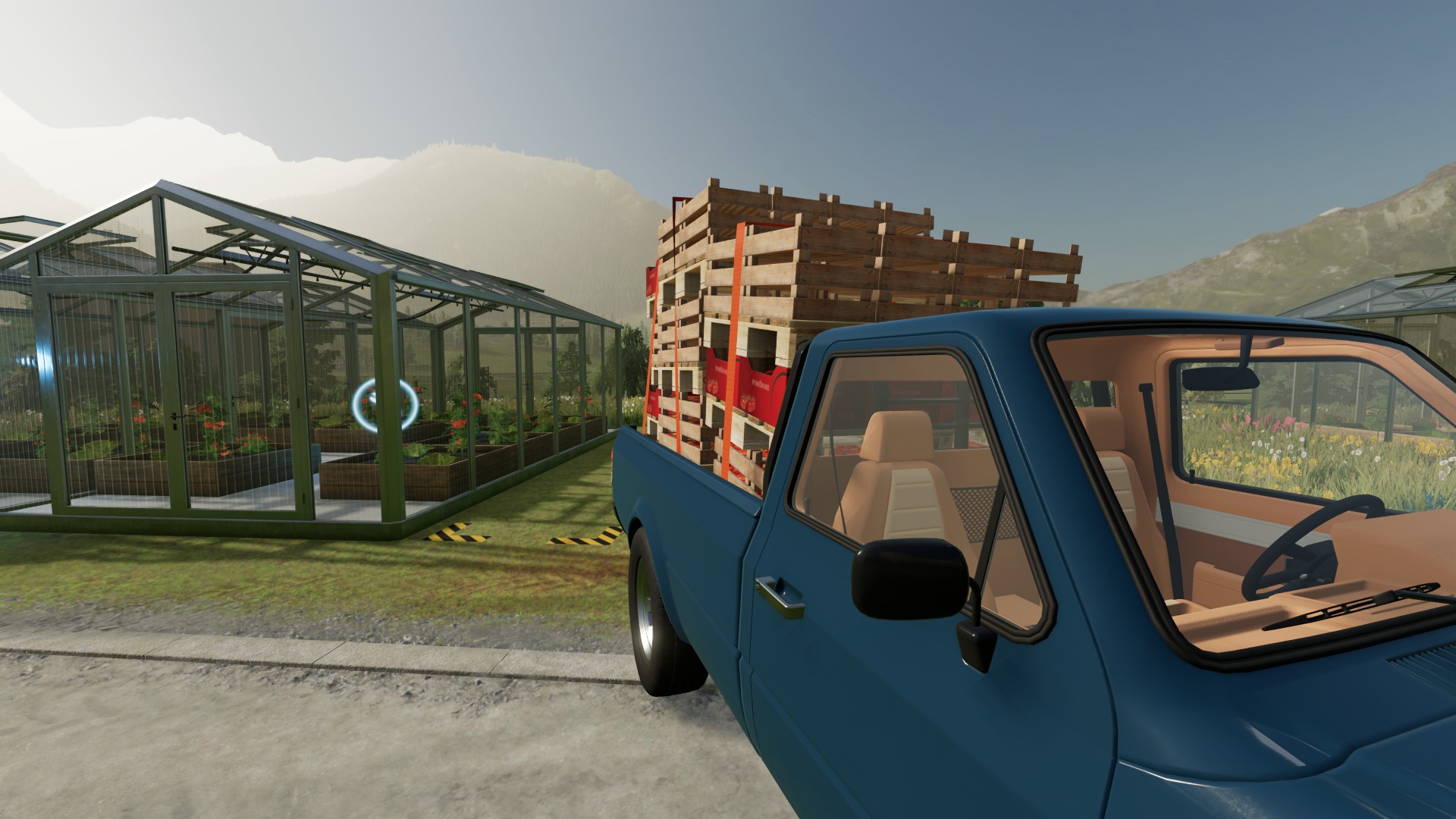
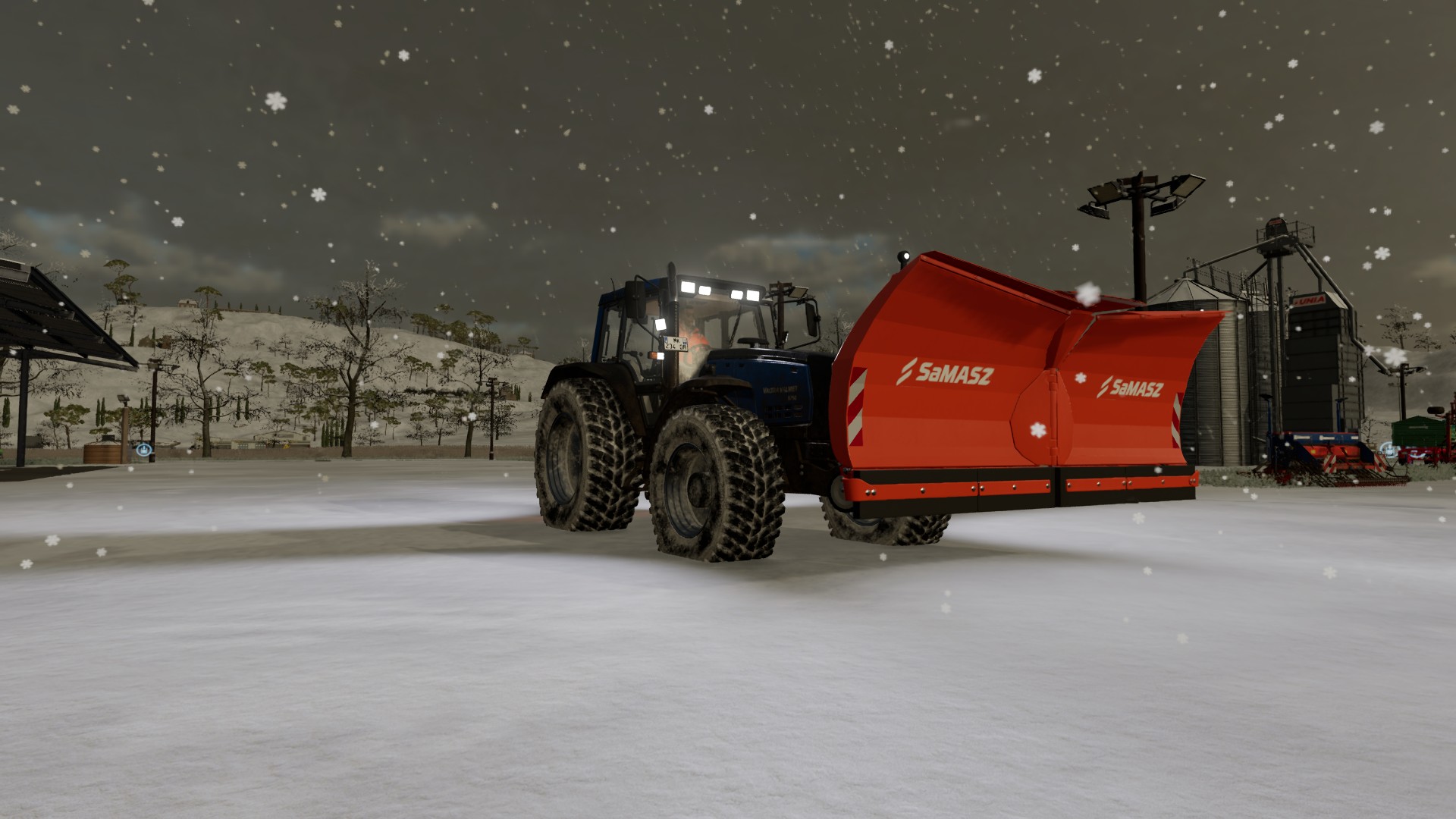

0 Comments